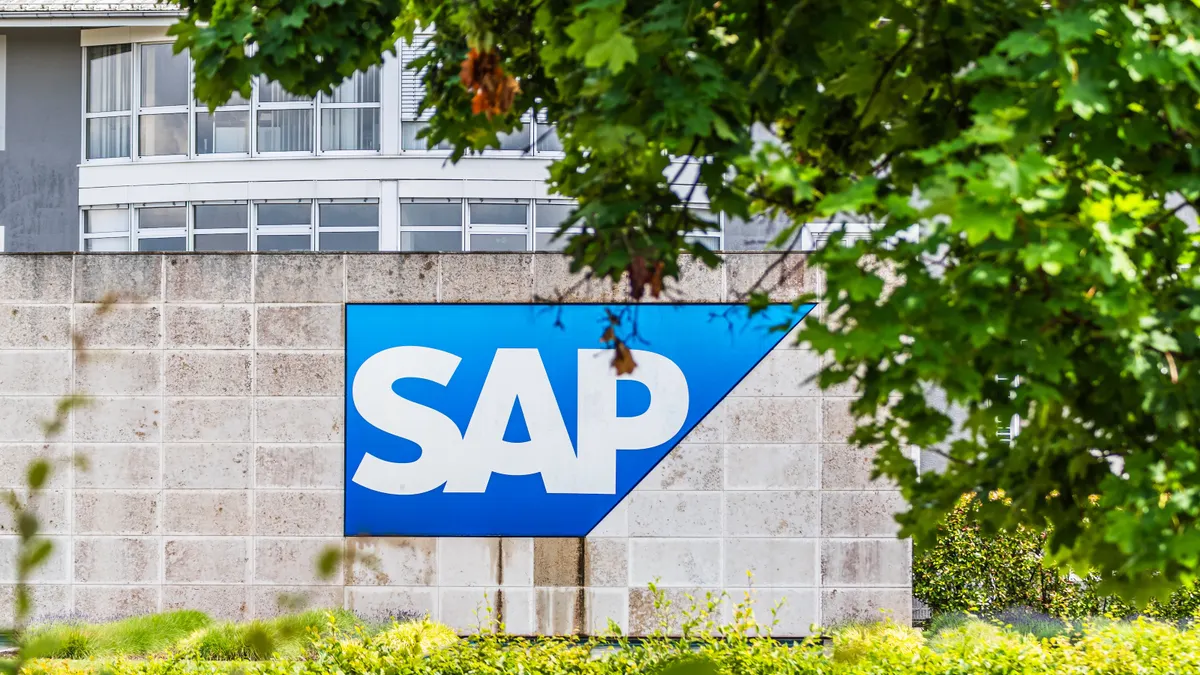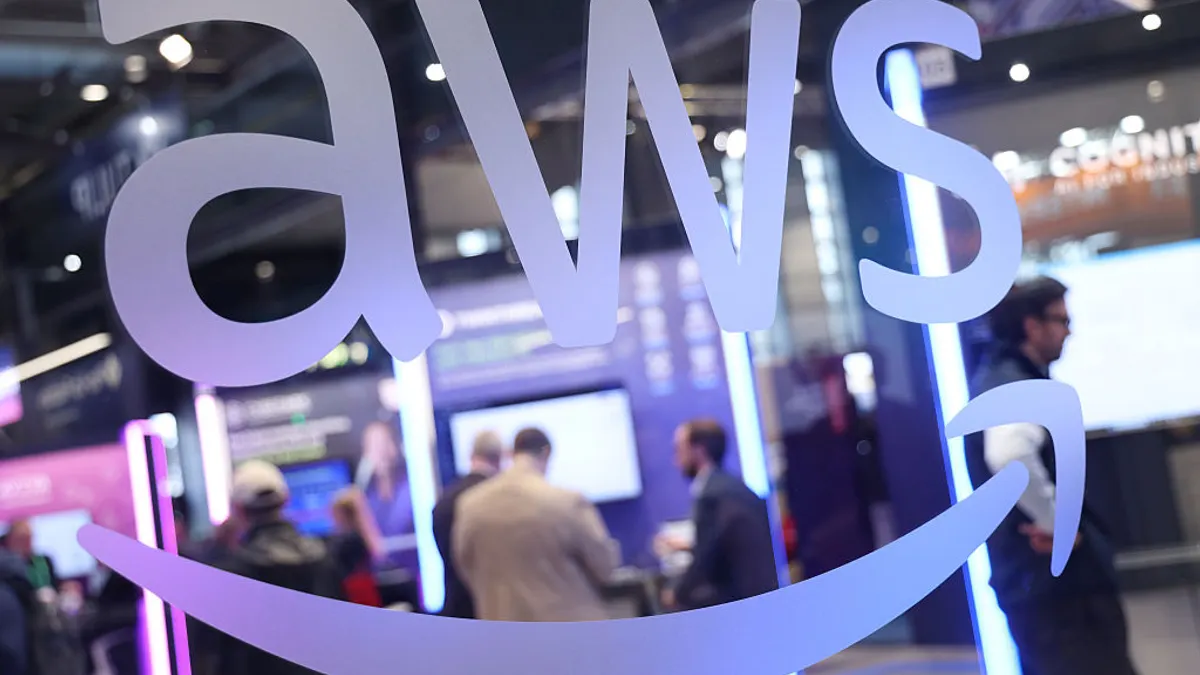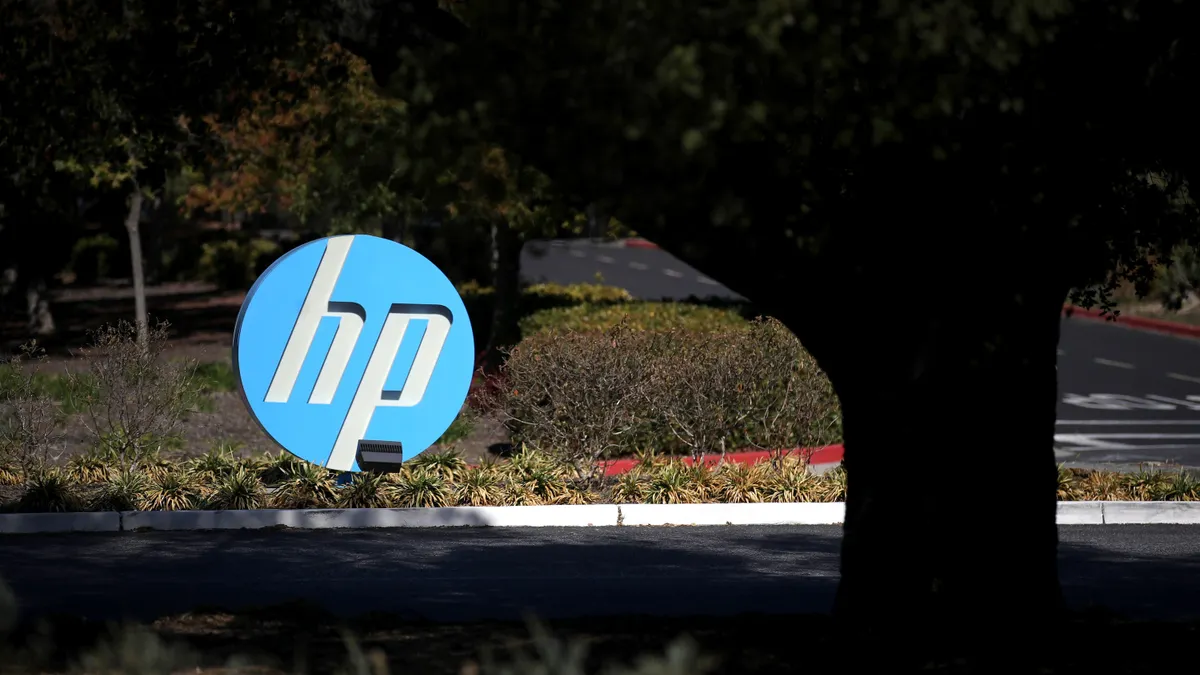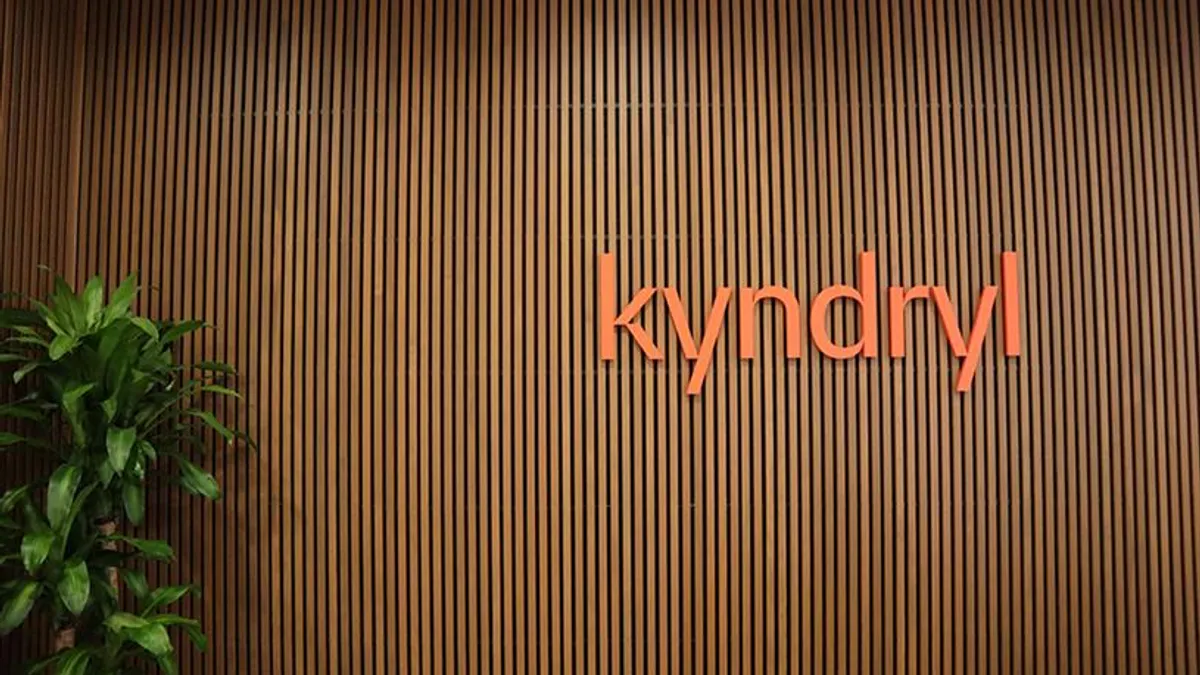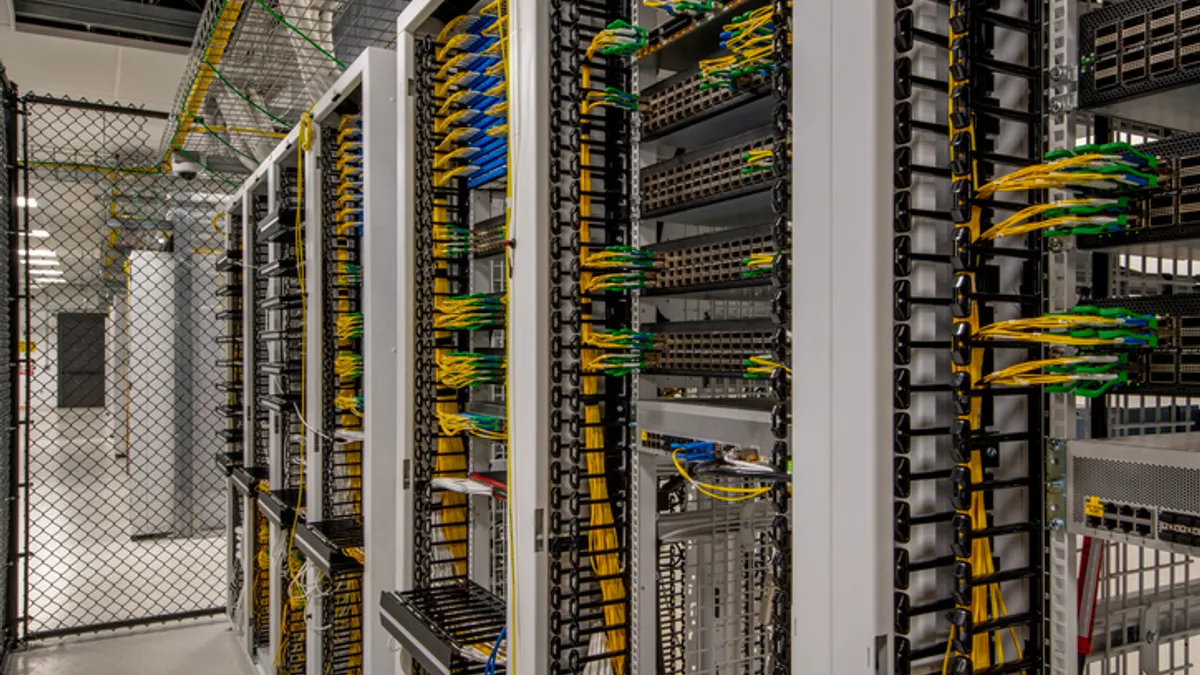It’s hard to believe it’s been more than 10 years since Steve Jobs stood onstage and introduced the world to the iPhone. Since then, Apple has sold more than 1 billion iPhones.
While Apple’s smartphone certainly changed the world for consumers, it also had lasting impacts on how the enterprise works, permanently changing how people communicate and operate at work.
Say hello to BYOD
Before the iPhone, technology of all types was assigned by the organization and the user rarely had any choice in the matter. When cell phones designed for business users first began trickling out, they were built primarily for email.
BlackBerry phones were by far the most popular of these, and BlackBerry’s enterprise server approach provided corporate IT with a sense of security and control over mobile communication. BlackBerry sales usually involved a business-to-business transaction, managed by a highly specialized sales team, and a corporate infrastructure purchasing manager. This enterprise approach worked well for a while.
But when the iPhone came along, it was easier to use, better designed and more functional than a BlackBerry.
"The iPhone really redefined what you could do from a phone," said Frank Gillett, vice president and principal analyst serving CIOs at Forrester. "The BlackBerry brought on-the-go messaging and email, but the iPhone transformed the mobile phone from a simple email appliance to a full-fledged mobile application platform and experience."
"The iPhone was more than an email appliance that happened to make phone calls," Gillett said.
iPhones were also much more accessible to consumers, so it didn’t take long before executives were carrying two phones — an iPhone for personal use, and a BlackBerry for company use. Soon, pressure from employees and executives to use personal devices for work eventually gave rise to corporate Bring Your Own Device (BYOD) programs.
"IT departments were slow to include the iPhone on the list of approved devices," said Chris Jones, co-founder, vice president and chief analyst at Canalys. "BYOD forced the hand of IT — senior management were buying iPhones in droves around the world and using them as their one device, thus breaking the two devices-owned trend, and were expecting support from IT."
And while other mobile phone makers scrambled to respond, Apple was there with its easy-to-use, secure iPhone ready to go.
"Because of the fragmentation, delay and lack of consistency across the different handset makers, iPhone became, at least in North America, the leading mobile phone platform for enterprise," said Gillett. "They got their act together faster."
Whether purchased and owned by the individual or company, the iPhone proved itself to be a reliable, virus-free device and importantly, it increased the productivity of its owners. Thus began the rapid ascent of the iPhone and the swift decline of the BlackBerry.
Apple also set itself apart with the app store, introducing a unique model for accessing applications. Today, apps are everywhere, a staple of modern computing. As of September 2016, 140 billion apps had been downloaded from Apple’s App Store, according to Statista.
More importantly, the App Store served as a model for other platforms. While many apps were focused on consumers at first, business apps designed to improve productivity and collaboration soon followed.
"The iPhone really took off with the opening of the App Store, and developers quickly built productivity apps and later, line of business and enterprise apps for iOS," said Jones.
Enterprise mobility management
All the mobility the iPhone enabled had a downside as well. IT departments needed to ensure those devices were kept secure. They also needed to prevent intruders from infiltrating the corporate network. Those efforts gave rise to mobile device management (MDM), pushing companies like FireEye, Lookout, Citrix, Better Mobile, MobileIron and VMware to offer new types of services.
Today, the MDM market is expected to grow from $1.5 billion in 2016 to $5.5 billion in 2021. But MDM is also evolving as the enterprise mobile environment continues to get messier and more complex, according to Michael Fauscette, chief research officer at G2 Crowd.
"MDM and mobile app management used to be two different approaches to trying to solve the same problem," said Fauscette. "Today though, the overall approach is moving to enterprise mobile management (EMM) suites, which are a multiple mode approach to the problem."
EMM often includes device management, applications management and content management working together with cloud apps from multiple vendors to provide a more comprehensive approach. Had it not been for the iPhone, this billion dollar industry might never have been born.
The next 10 years
Looking ahead to the next ten years, experts predict the iPhone will remain ubiquitous in the enterprise. Samsung has been working hard to unseat Apple, and is making some headway. Earlier this year, the company introduced the Galaxy S8, expected to see strong demand from enterprises looking to leverage the phone’s business capabilities and boasting Knox 2.8 security.
"I think they're making progress, but they haven't unseated the iPhone as the safe device to support," said Gillett.
At the pace technology is evolving, it’s possible the iPhone could fade away over the next ten years to be replaced by something completely new. But few experts see that happening.
Gillett predicts companies will continue broad support for both iPhone and Android devices going forward, with advancements centered around improved integration between the software on those devices and the other computing devices workers commonly use taking center stage.
"I think Apple, Samsung and Google's Android platform are all going to be in contention," said Gillett. "But I expect things to gradually evolve without any major upsets or redefinitions. Given the fact the smartphone is now a well-understood and incrementally evolving technology, I think it would take a totally new piece of technology, like contact lenses beaming data into your eyeball, to change that."








